This is an extract from The Way to Perfect Horsemanship by Üdo Bürger.
Udo Bürger was one of Germany’s most esteemed veterinary surgeons, an accomplished horseman, a learned and observant animal psychologist, and a highly respected judge of horses and horsemanship before his death in 1985. A new book, The Rider forms the horse is available from Xenophon here.
The loosening-up exercises which we should do at the beginning of every lesson are necessary to warm-up, to limber-up joints stiffened by long hours of standing; they can do no more than restore the degree of relaxation of which the horse is already capable.
Loosening-up is not the same thing as working in a relaxed manner. Looseness and relaxation are often confused.
There are various methods of loosening joints, some better suited to certain horses or riders depending on their preference or aptitudes. I have known riders of perfectly poised horses start with a few steps of piaffe as soon as they ride out of the stable; others choose to trot or to canter on loose reins, others prefer a long period of exercise at the walk and some limber up over cavalletti and small jumps.
It all depends on the temperament and the physical condition of the horse and on the rider’s feeling; he must know the degree of skill that the horse has already achieved and must be able to recognise how soon serious gymnastic work can start. When the horse moves freely and calmly, when he neither hurries nor holds back, then he has loosened-up.
There are no hard and fast rules, there is no typical method for loosening-up. I once lived in a hotel at the same time as an acrobat who would limber-up as soon as he got out of bed by performing several somersaults around his room. I, personally, would be quite content to reach a less spectacular degree of suppleness by just hopping. The aptitudes of horse and man are variable; the will to loosen-up is what matters and, providing the will exists, long sessions are unnecessary.
The perfectly poised horse is already relaxed when he comes out of his box and loosens up after only a few strides. Tenseness, tension, stiffness, relaxation, looseness, slackness, as they affect the mechanisms of posture and movement, are much used words which need to be better understood. I will merely affirm that horsemen ought to have a sound knowledge of the functional anatomy of muscles and ought to make the effort to gain this knowledge instead of using a jargon which they do not understand.
To produce movement, muscles can alternately shorten and lengthen to their maximum possible extent; they then produce optimum range of movement. All muscles can also be maintained in a shortened, contracted state, not only when shortening to the utmost possible limit, but also when they shorten to a reduced length. If they remain in this contracted state, they start aching, become fatigued and lose their power. We can demonstrate this fact when we use our biceps muscle to carry a heavy bucket of water with a flexed elbow; not only the biceps muscle itself soon starts aching, but also all the other muscles which must co-operate in the action. Muscles are under tension in this state of sustained contraction, but an excessive, therefore harmful tension. It is hypertension that is undesirable.
Therefore, what we mean when we say that the horse must not be tense, is that he must not be hypertense. We certainly do not want absence of tension, which is slackness. Tension is needed for locomotion, but a passive tension of unresisting muscles; in this state, they are controllable, reliable, effective organs; when they are thus stretched, they are like elastic bands, always ready to shorten quickly to produce a desirable form, and the more they have allowed themselves to be stretched, the more powerful can their contraction be. It is the elastic tension of muscles, easily maintained through force of habit, which gives the sporting horse a posture, or carriage, in which all groups of muscles are constantly returning to their normal length; it allows optimum scope of movement, imports liveliness, beauty and harmony to the gaits with minimum effort.
Hypertension is a condition in which muscles are held in a shortened state; it is fatiguing and impairs the activity of other groups of muscles. However, in certain conditions, some groups of muscles must be contracted, for example, when a horse lands after clearing an obstacle, he must strongly contract his forearm muscles to resist gravity and immediately relax them sufficiently to dampen the shock of impact. So this is an opposite event, a relaxation of the tightness of a contracted muscle, but only within limits, in contrast to the active shortening of a muscle from its maximum stretching, for the purpose of movement. When we jump off a wall, we keep our knees slightly bent and contract our thigh muscles but they must be ready to relax to allow the deep flexion of the knees which softens landing.
We see the same sort of event in the Levades and other airs above the ground performed by High-School horses. It must be noted, however, that this sort of tension is only possible for a matter of seconds; if it is sustained any longer, it produces cramp.
We must clearly understand the two different functions of muscles: production of movement and gravity resistance; and if we understand the difference between fast contraction of a stretched muscle, and relaxation of tension of a contracted muscle, we will also be able to understand how, by elastically bracing the top of the horse’s neck (the bow in front of the hand), we also brace elastically the loins (the bow behind the hand) and thus engage the hocks.
Slack muscles have lost normal, healthy tone…
Now I come to the sort of looseness of muscles which is slackness and produces disunity. Admittedly, the muscles are also lengthened, but this sort of stretching is not at all the same as the tautness of a relaxed muscle. Slack muscles have lost normal, healthy tone, either temporarily because of laziness or fatigue, or permanently as a result of debility. In the first case, they are unready to contract, in the latter case, they are unable to do so. In both cases, we have a disunited horse, with shambling movements.
All that has been said about muscles and groups of muscles, applies to the complete musculature of the body.
Unyielding contraction of either the flexor groups of muscles, or of the extensors, impairs the activity of the opposing groups, prevents natural movement, causes stiffness and an ungainly attitude. In contrast, the relaxed horse can be elastically bent like a bow, at all paces but especially at the gallop, and his paces can be extended or collected while always remaining lively. A horse galloping in a state of relaxed tension appears to fly over the ground.
Smooth, alternation of shortening and stretching of strong, elastic muscles gives good body control, quickness, reflexes, cleverness in all situations.
In the absence of muscular tension there can be no animation; conversely, if there is no animation there can be no tension and no possibility of varying the scope of movement. It is the elastic muscular tension of the horse which must present us with the elastic tension of reins and, in turn, it is the latter which enables us to play with the muscles of the neck, of the poll and the mouth as if they were the strings of a firm bow.
We will examine later the functions of the principal groups of muscles of the horse and realise that there are two kinds of muscles:
1. Mainly fleshy, very elastic muscles for the production of movement.
2. Mainly tendinous muscles, in which the fleshy tissue is considerably interspersed with fibrous tissue; they are the anti-gravity muscles.
The function of the first is dynamic, the function of the latter is static.
The tendinous muscles act as braces, leaving the fleshy muscles free to serve the purpose of locomotion. The co-ordinated action of tendinous muscles helps the horse to maintain his balance under the weight of a rider and allows the muscles of locomotion to function freely. It is only when muscles can function in their normal capacity that intelligent training will develop their strength, volume and elasticity.
In order to progress in his training, the horse must learn to carry himself effortlessly in good posture; to this end, he will need daily exercise, just like the fingers of a pianist. It is, however, essential that the rider himself learns to acquire a firm, relaxed posture.
A slack or a stiff rider has on the horse the effect of a foreign body, impairing balance and hampering movement. A faulty posture of the rider prevents the horse from relaxing and destroys his muscular co-ordination.
Humans show the same varying degrees of muscular tension as horses: slack, rounded backs; rigid backs; firm, erect, relaxed backs; rigidly bent elbows, unyielding hands; stiffly straightened elbows, heavy hands.
Hands are correctly held in front of the body keeping contact with the horse’s mouth with elastic arm muscles always ready to yield, shoulder blades blending into the back as a result of overall pose.
Not stiffly gripping legs or slack, thumping legs, but correctly, legs that effortlessly maintain contact with the horse’s sides and are thus able to feel the movements of the trunk and the hind limbs.
The rider can accord his movements with the movements of the horse only if he holds himself firmly and easily upright; conversely, a young horse will not be able to relax the muscles of his back nor properly to trust the bit unless the rider carries himself well, without stiffness or slackness, and carries his hands in front of his body, steadily, but always ready to yield. A stiff rider, his face contorted by effort, his jaws so tightly clenched that their muscles ache, who cannot play with his stirrups and the muscles of his legs, is useless, despite his efforts to maintain a correctly upright position.
With the horse, the outward signs of the beginning of relaxation are rhythmical, pure and free gaits, relaxed oscillations of the straightly carried tail, contented snorting showing calm respiratory movements, relaxed tension of the muscles of the top of the neck, relaxed chewing of the bit, smooth movements of the back which cushion the rider instead of jolting him. The overall impression is one of calmness and contentment; the movements are fluent and elegant.
Hypertension, in contrast, shows up in stiffness of the neck, continuously flicking ears, choppy gaits with uneven steps and a tail which either lashes furiously or is held continuously to one side or is clamped between the buttocks.
The worst manifestations, of hypertension are jogging and pacing but there are other signs, such as a dead pull on one rein, a crooked tail carriage, grinding or regular clacking of teeth, tongue over the bit, and, in the case of male horses, a ceaseless wind-sucking noise of the sheath.
Relaxation is essential when horse and rider have to negotiate uneven terrain and difficult obstacles.
Only relaxed muscular co-ordination leaves all the other senses free to concentrate and gives those quick, precise, unconscious reactions at the sudden appearance of unsuspected hazards, which enable rider and horse to avert a fall, or to escape injury if a fall cannot be avoided. How many times have we seen a horse save himself from a fall after jumping by reaching out, in the nick of time, with a foreleg, or see him take a tumble innocuously which his equally relaxed rider rolls safely away as the horse falls down; how many times also, have we seen horse and rider prematurely brace themselves against danger so that the horse, restricted by the reins, lands on his chin and breaks his neck and the rider, arms outstretched, lands on his face and shoulder and breaks his collar-bone? Cross-country riding despite any amount of experience will always remain a dangerous sport for nervous riders and nervous horses who cannot relax. The ability to relax is equally indispensable to the sport of racing. Trainers of race-horses know that it is the ability to relax which protects horses against breakdown of tendons and other injuries; there is no doubt that most accidents are caused by the strain of endeavour in the crucial moments of a race rather than by fatigue.
The ability to relax is partly inborn, but also a matter of practice. Rider and horse will have to work all their life at perfecting this ability, to the same extent as they will have to work at improving their style and their sense of balance. However, even after they have acquired this ability and learnt to apply it in all situations, they can lose it through lack of practice or as a result of painful experience; also because of anxiousness due to pain in some part of the body or limbs, stage-fright in public performance, or because of normal apprehensions and cautiousness which come with age.
After all is said and done, good performance always depends on relaxation; it is a basic requirement for specialisation in all branches of competitive riding.
Sadly the great equestrian publisher, J . A. Allen is no more. We were lucky enough to visit their tiny shop just down the road from Buckingham Palace, where Mr Joe and his dedicated and oh-so-knowledgeable staff guarded their collection of equestrian treasures. Their Classic Series was an invaluable resource for serious students of the equestrian art the world over.
Breeding a dressage star in Australia? There’s a great range of top stallions available from International Horse Breeders: www.ihb.com.au
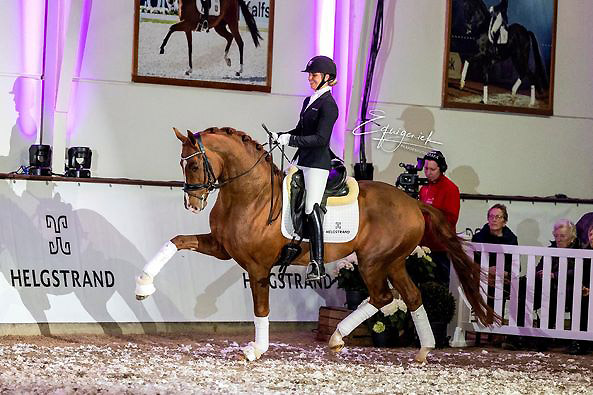
Or if you are breeding a jumper, the great Stakkato is also available
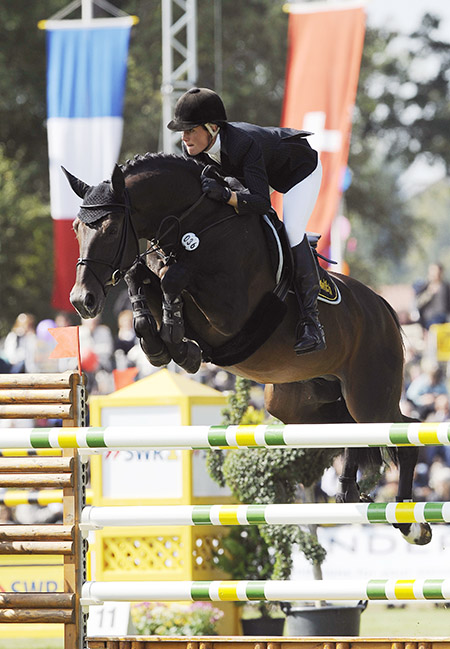

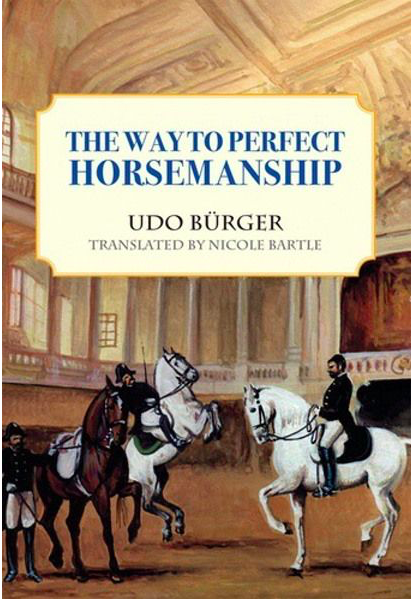
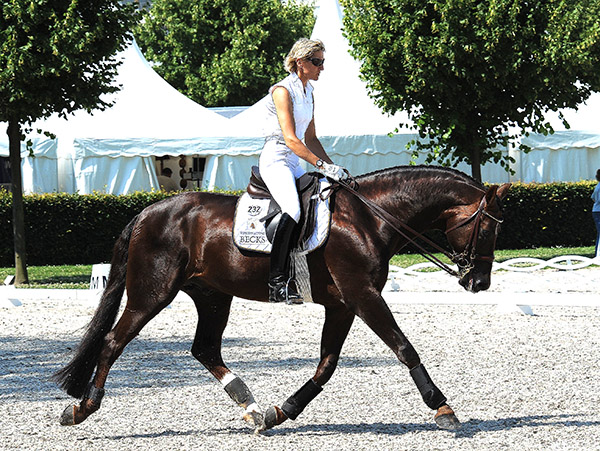
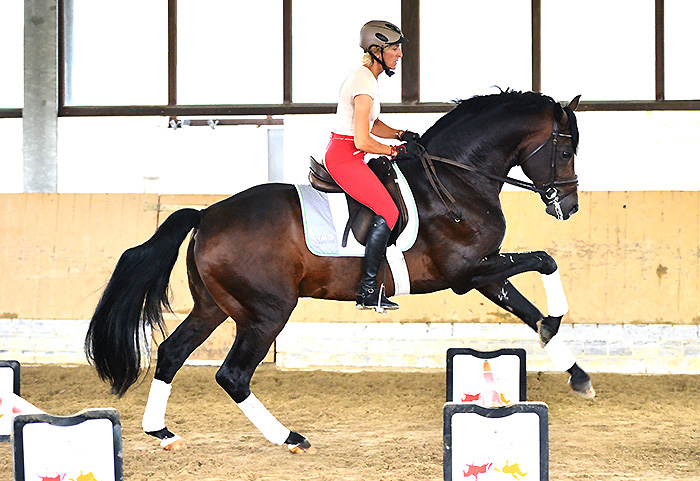
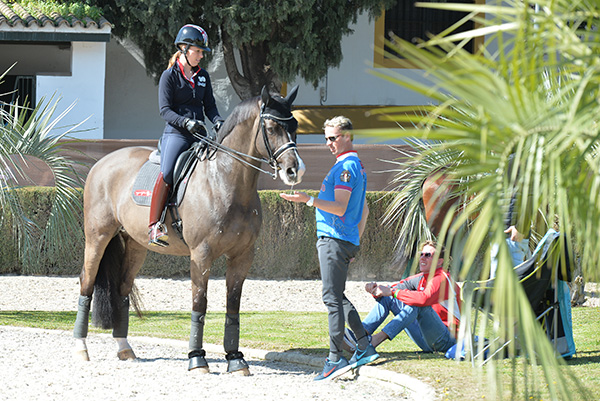
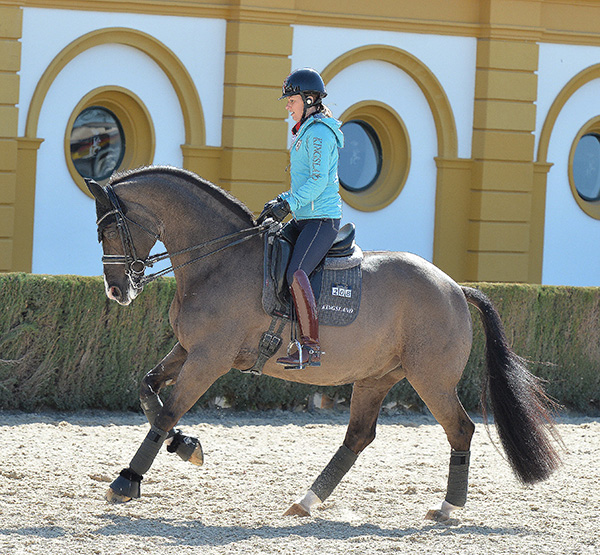
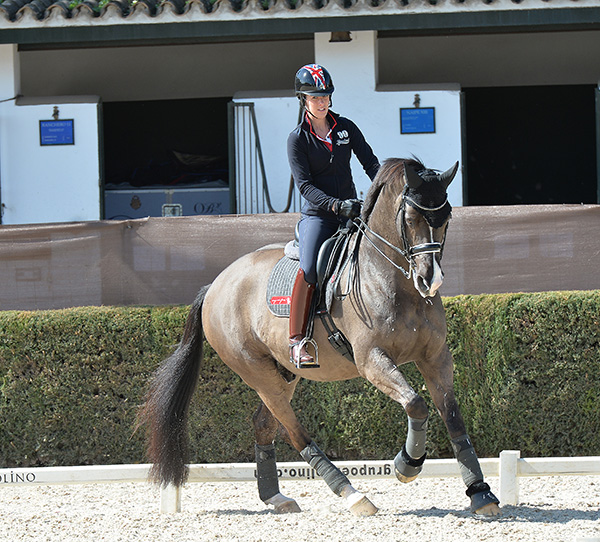
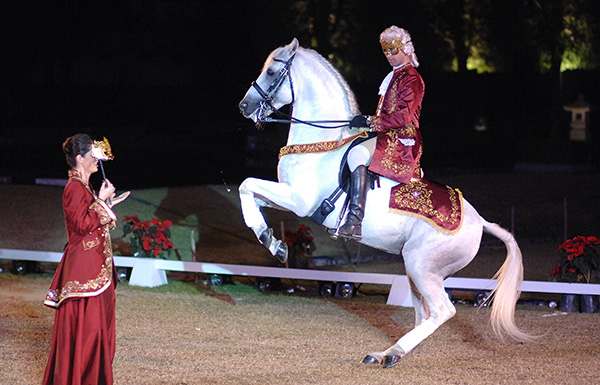
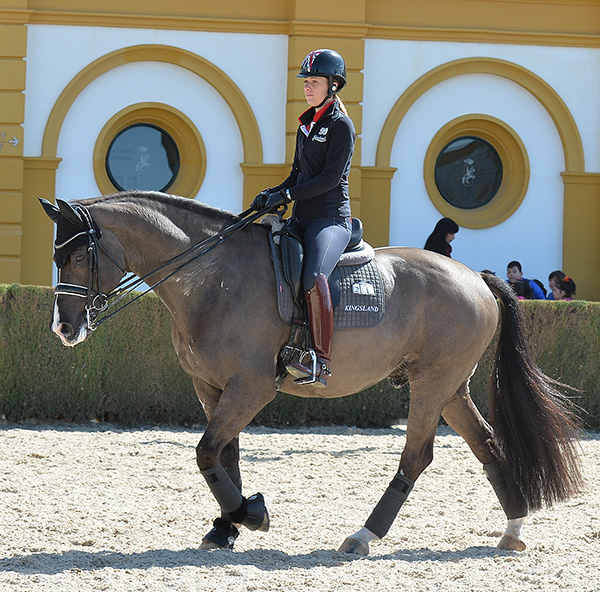
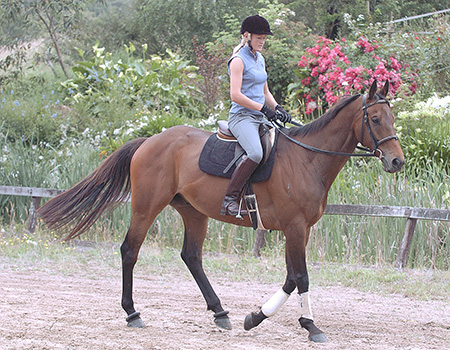
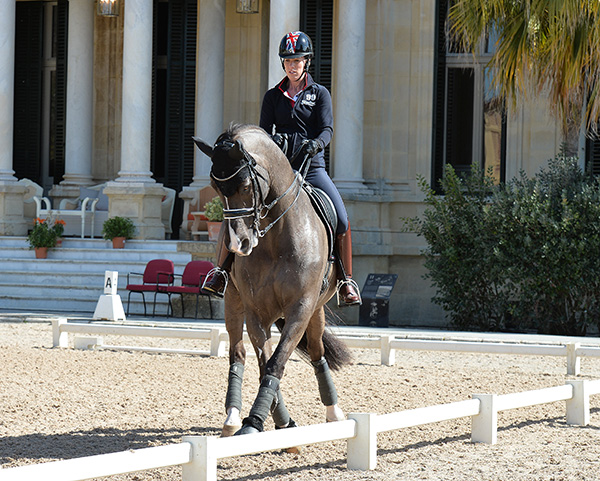
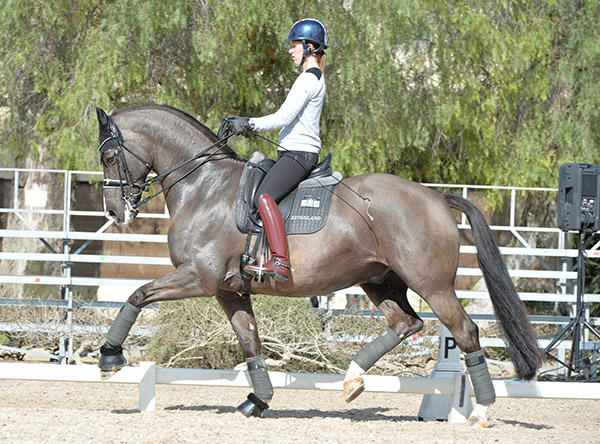
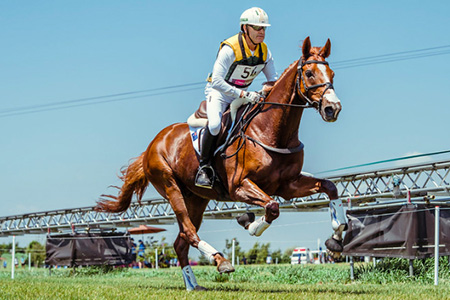
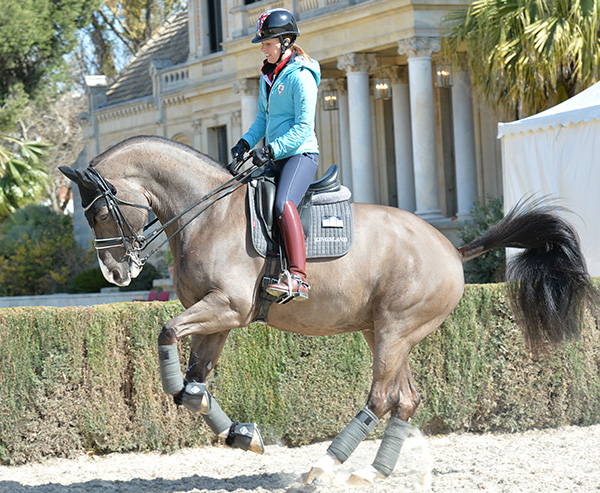
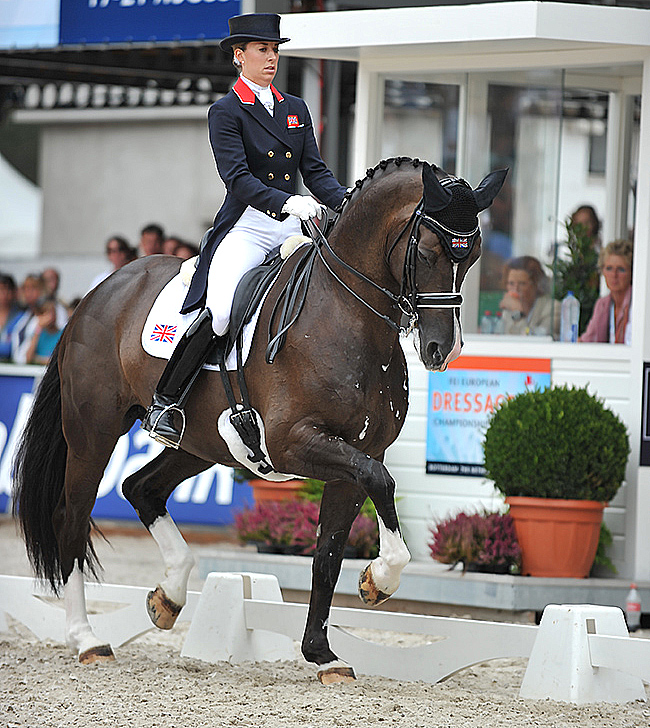
Nice post
Nice to hear again that which I was taught in the 80s.